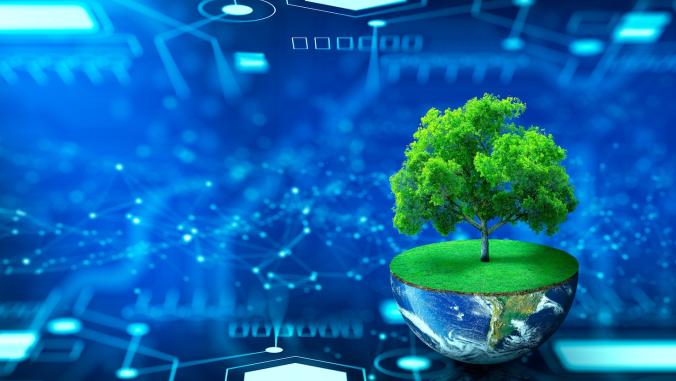Nest, AECOM add human factor to clean tech innovation
<p>Productivity, labor costs and EHS should be measured and included in the valuation calculations for clean tech innovations.</p>

Thermostat image by designmilk via Compfight cc.
At the recent Cleantech Forum San Francisco, I was surrounded by buyers (investors) and sellers (cleantech startups) from all over the world, including Hong Kong, Sweden, Canada and Ecuador.
The theme revolved around the environmental impact and value created by these companies' products and services, all of which were well meaning as they attempted to solve environmental problems.
With speakers from companies such as EMC, Google and General Electric, the forum had all the necessary ingredients for a compelling conversation on the future of energy, environmental innovation and more.
But something was missing for me. I think it was the human element or a more fundamental question that went unasked, and therefore, unanswered: What are the human factors that go into these disruptive innovations?
Here are some human factors I’d like to see measured and incorporated more in the valuation calculations for these clean tech innovations:
• Productivity
Gary Lawrence, the chief sustainability officer at AECOM, as heard in his presentation at Yale School of Management, says that the true cost of buildings are its employees: 10 percent is the cost of the building and 90 percent is the cost of your workers inside the building. If you make the building better suited to employee needs and behaviors, you also make the employees more productive.
Disruptive? You bet. Technology exists to measure people’s productivity, so why isn’t that a part of the value proposition for greener, cleaner and more energy-efficient buildings?
• Environmental, Health and Safety (EHS)
This almost goes without saying, but healthy buildings lead to reduced sick days and employees who are healthy, happier and more productive. There is a reason technology companies such as Google have created work environments that encourage collaboration, innovation, out-of-the-box thinking and attentive, well-nourished employees. A pursuit of "green buildings" and the thousands of products available today with the promise of reducing energy and increasing environmental regeneration or your footprint cannot be understood or complete without including the human factor.
• Labor costs
Remember the old joke: "How many engineers does it take to change a light bulb?"
Well, that applies to all clean technology discussions, albeit in terms of labor costs. How many hours, dollars or people does it take to maintain the lighting of your building? In your quest for energy efficiency, has choice of product been the end result of a labor cost evaluation?
Rohit Aggarwala, an advisor to New York Mayor Michael Bloomberg, explained during the conference that New York theater owners were enticed to switch to CFLs because they realized it significantly reduced the time and cost it took their unionized labor to change those light bulbs.
• Happiness
Walmart decided to redesign its stores to increase natural light after they had found that in daylighted sections, sales doubled and cash registers rang up twice as much. What is the causation here? Does natural light lead to happier human beings?
Nest is an example of a product that is changing consumer behavior. Human behavior is a very important part of Nest, according to Matt Rogers, the company's founder and vice president of engineering.
Nest's thermostat learns from users' patterns and adjusts accordingly. When a Nest user selects a temperature that is more energy-efficient than their usual temperature by 1 degree to 3 degrees, Nest "rewards" the user with a leaf on the thermostat screen and on the mobile app. At the end of the month, Nest tallies the number of leaves earned and includes that number in a monthly energy report and compares performance to other Nest users. This reward system nudges people to change their behavior and save even more energy.
Eventually any transition from mainstream to alternative, whether it is technology-related or work process-oriented, requires employees or consumers to shift their mindsets and priorities, as Nest has done. This means understanding and marketing to vastly different human psychologies. How are these disruptive technologies creating systemic change in human behavior?
Thermostat image by designmilk via Compfight cc.





